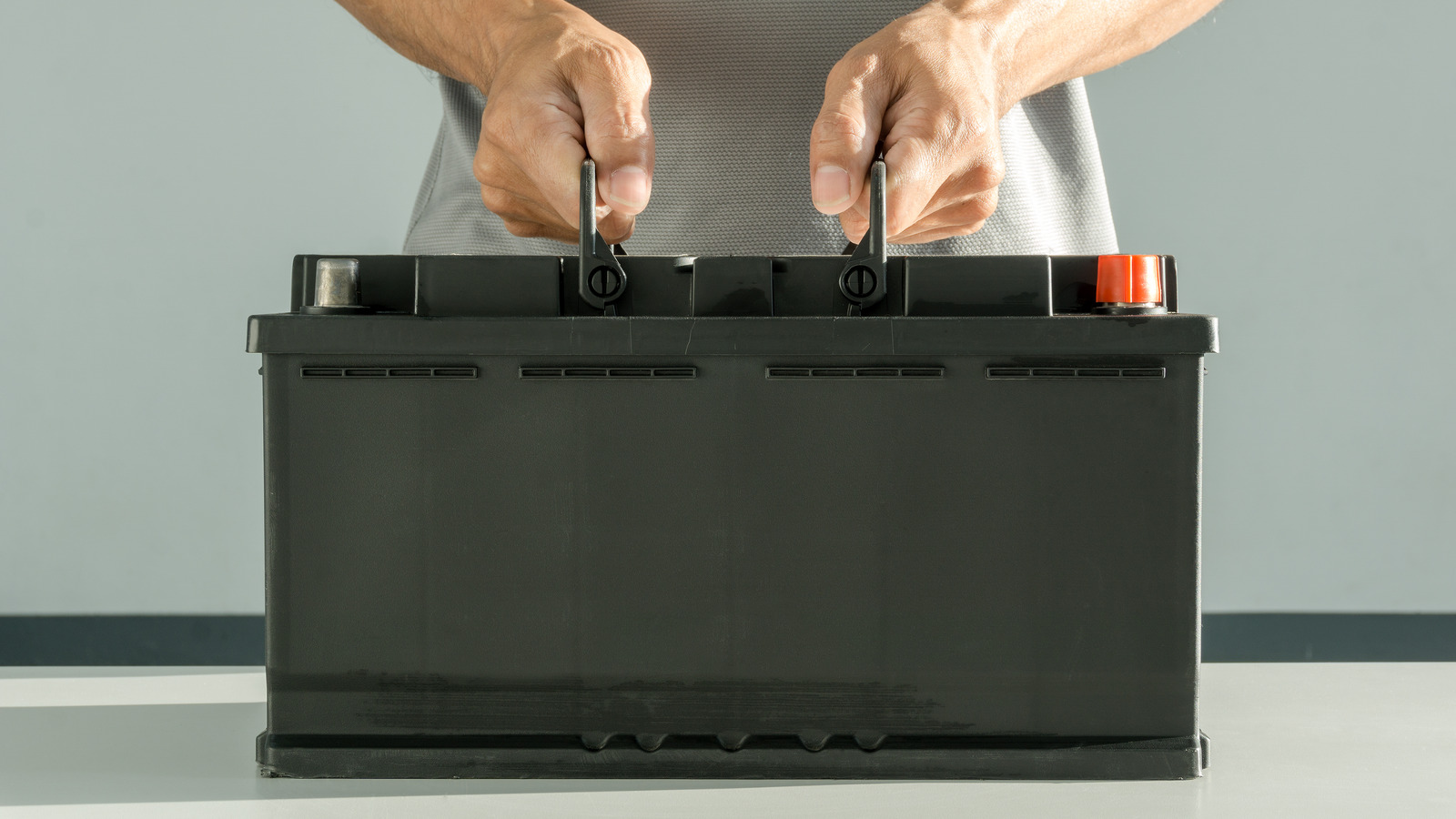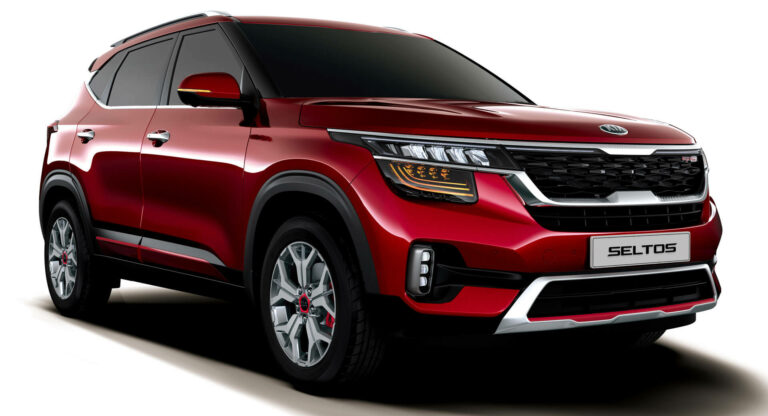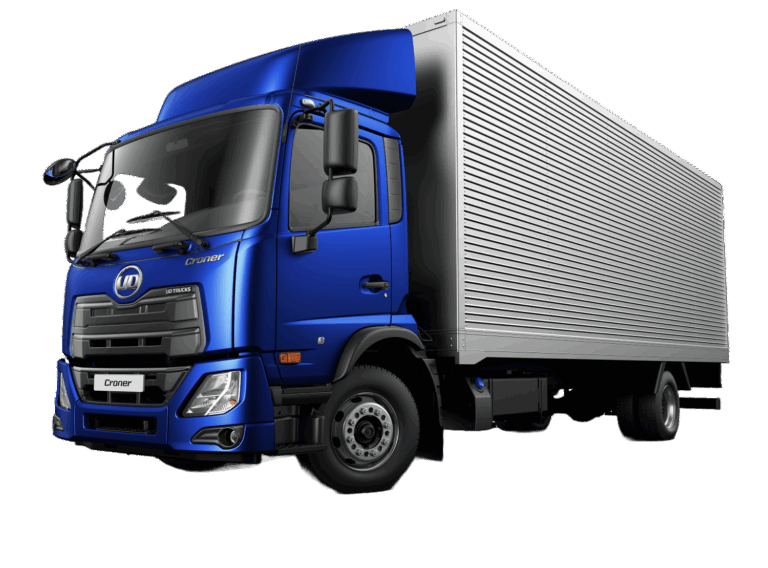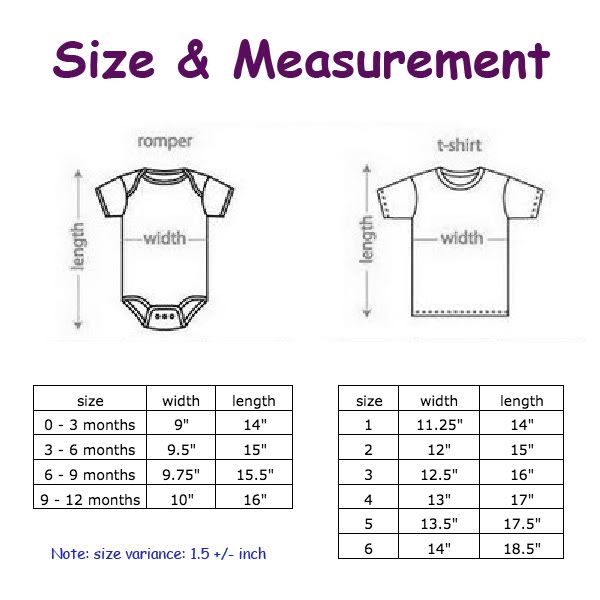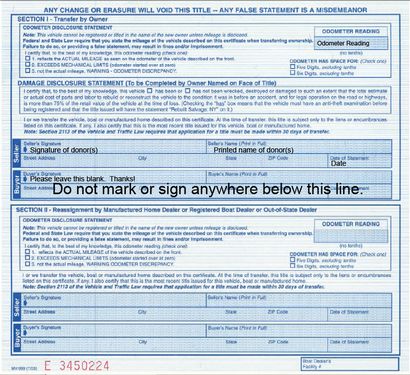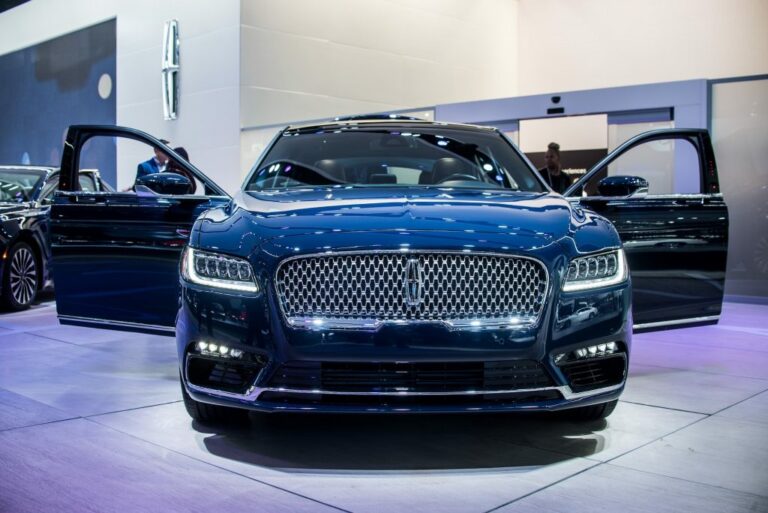Top 5 Car Battery Brands: Your Ultimate Guide to Powering Your Ride
Top 5 Car Battery Brands: Your Ultimate Guide to Powering Your Ride cars.truckstrend.com
The humble car battery, often overlooked, is the unsung hero under your hood. It’s the crucial component that kick-starts your engine, powers your vehicle’s complex electrical systems, and ensures a smooth, reliable drive. A dying or unreliable battery can lead to inconvenient breakdowns, missed appointments, and frustrating moments. With so many options on the market, choosing the right car battery brand can be overwhelming. This comprehensive guide aims to demystify the process, providing you with in-depth insights into the top 5 car battery brands, what to look for, and how to make an informed decision to keep your journey powered forward.
I. Decoding Car Battery Specifications: What Do the Numbers Mean?
Top 5 Car Battery Brands: Your Ultimate Guide to Powering Your Ride
Before diving into specific brands, understanding key battery specifications is paramount. These numbers dictate a battery’s performance and compatibility with your vehicle.
- Cold Cranking Amps (CCA): This is perhaps the most critical rating, indicating the number of amps a 12-volt battery can deliver at 0°F (-18°C) for 30 seconds while maintaining at least 7.2 volts. A higher CCA is vital for starting engines in cold climates, as cold temperatures increase the engine’s resistance to cranking.
- Reserve Capacity (RC): RC measures how long (in minutes) a fully charged battery can deliver 25 amps at 80°F (27°C) before its voltage drops below 10.5 volts. This rating indicates how long your vehicle’s accessories can run if the alternator fails, offering a safety net.
- Battery Group Size: This refers to the battery’s physical dimensions (length, width, height) and terminal configuration. Your vehicle’s manufacturer specifies the correct group size to ensure a proper fit and connection.
- Battery Types:
- Flooded (Wet Cell): The most common and traditional type, containing liquid electrolyte. They are generally more affordable but may require occasional maintenance (checking water levels).
- Absorbed Glass Mat (AGM): A premium type where the electrolyte is absorbed into fiberglass mats. AGM batteries are sealed, maintenance-free, more resistant to vibration, can be mounted in various positions, and offer faster charging and deeper discharge capabilities. Ideal for vehicles with start-stop technology or high electronic demands.
- Gel Cell: Similar to AGM but use a gelled electrolyte. Less common for automotive starting applications due to lower CCA output and sensitivity to overcharging, but excellent for deep cycle applications.

- Warranty: A good warranty signifies a manufacturer’s confidence in their product. Look for a free replacement period and a prorated period.

II. The Elite Five: A Deep Dive into Top Car Battery Brands
When it comes to reliability, performance, and innovation, these five brands consistently stand out in the automotive battery market.
1. Optima Batteries
- Brand Profile: A pioneer in spiral cell technology, Optima Batteries are renowned for their distinctive colored tops (RedTop, YellowTop, BlueTop) and exceptional performance. Owned by Clarios (formerly Johnson Controls Power Solutions), Optima has built a reputation for robust, high-performance AGM batteries.
- Signature Technologies/Features: Their unique SpiralCell Technology uses spirally wound cells, which are more resistant to vibration and provide a lower internal resistance for faster, stronger starts. They are completely sealed, maintenance-free, and spill-proof.
- Pros: Superior vibration resistance, long lifespan, fast recharging, excellent starting power (RedTop), and deep cycling capabilities (YellowTop). Ideal for off-road vehicles, performance cars, and vehicles with high accessory loads.
- Considerations: Higher price point compared to traditional flooded batteries. Specific applications may require matching the correct RedTop (starting) or YellowTop (deep cycle/dual purpose).
- Best Suited For: Performance vehicles, off-road enthusiasts, vehicles with demanding electronic systems, and those seeking ultimate reliability in extreme conditions.
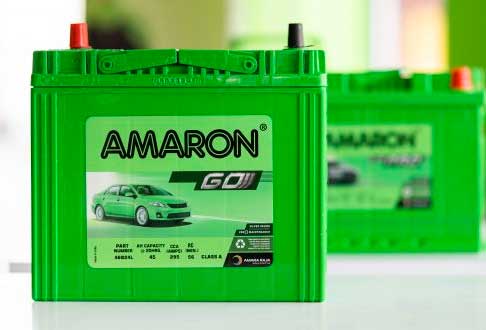
2. Interstate Batteries
- Brand Profile: With a history spanning over 70 years, Interstate Batteries is a household name in the automotive industry. Known for their extensive distribution network and consistent quality, they offer a wide range of batteries for various applications.
- Signature Technologies/Features: Interstate offers both flooded and AGM batteries, catering to diverse needs. Their "Mega-Tron" and "MTZ" series are particularly popular, offering high CCAs and long reserve capacities. They focus on reliable power and durability.
- Pros: Wide availability, excellent reputation for reliability, comprehensive warranty options, and a broad product line that fits nearly any vehicle. They are a trusted choice for everyday drivers.
- Considerations: While reliable, some specific models might not offer the cutting-edge technology found in niche high-performance batteries. Prices are competitive but vary by series.
- Best Suited For: Everyday drivers, commuters, and those looking for a dependable replacement battery with widespread service support.
3. DieHard Batteries
- Brand Profile: Originally a Sears brand, DieHard batteries have a legendary status in American automotive history, synonymous with durability and "starting power." Now owned by Clarios and primarily sold through Advance Auto Parts, DieHard continues its legacy of reliable performance.
- Signature Technologies/Features: DieHard offers a range of batteries including their popular Gold and Platinum series (often AGM). They emphasize robust construction, high cranking power, and long life. Many models are designed for maintenance-free operation.
- Pros: Strong brand recognition, proven track record of reliability, good performance in various climates, and increasingly available through a wide retail network. The Platinum series, in particular, offers excellent AGM performance.
- Considerations: Pricing can be on the higher side for their premium AGM lines. Availability might be tied to specific retail partners.
- Best Suited For: Drivers seeking a time-tested, dependable battery from a reputable brand, especially those valuing strong starting power and durability.
4. ACDelco
- Brand Profile: As an original equipment (OE) supplier for General Motors vehicles, ACDelco has a deep understanding of automotive electrical systems. Their batteries are engineered to meet strict GM specifications, but they offer solutions for all vehicle makes and models.
- Signature Technologies/Features: ACDelco batteries, including their Professional and Advantage series, are designed for maintenance-free operation and feature robust construction, high-density plate paste for improved performance, and corrosion-resistant terminals. They offer both flooded and AGM options.
- Pros: OE quality and fit, reliable performance, good value for money, and wide availability through dealerships and aftermarket retailers. Their batteries are built to precise engineering standards.
- Considerations: While excellent for general use, they may not always offer the extreme performance capabilities found in specialized high-performance brands.
- Best Suited For: Owners of GM vehicles looking for an OEM-quality replacement, or any driver seeking a reliable, cost-effective, and well-engineered battery for everyday driving.
5. Bosch
- Brand Profile: A global leader in automotive technology, Bosch brings its renowned German engineering precision to its battery lines. While perhaps more recognized for their parts and electronics, Bosch batteries are highly regarded for their quality and performance, particularly in European vehicles.
- Signature Technologies/Features: Bosch batteries often feature innovative plate designs and high-quality materials for enhanced power delivery and longevity. They offer a range of batteries, including their S3, S4, S5, and S6 AGM series, designed for various vehicle types and performance demands, including start-stop systems.
- Pros: Exceptional build quality, reliable cold-weather performance, low self-discharge rates, and often provide superior power for vehicles with advanced electronics. Excellent choice for imported cars.
- Considerations: Can be more expensive than some domestic counterparts. Availability might be more limited to specialist auto parts stores or online retailers.
- Best Suited For: Owners of European vehicles, drivers who prioritize precision engineering and long-term reliability, and those with vehicles featuring high electronic demands.
III. Selecting Your Perfect Powerhouse: Practical Advice
Choosing the right battery goes beyond brand preference; it’s about matching the battery to your specific vehicle and driving needs.
- Match OEM Specifications: Always start by consulting your vehicle’s owner’s manual or a reliable parts guide for the recommended battery group size, CCA, and RC. Deviating too much can lead to poor performance or fit issues.
- Consider Your Climate: If you live in a cold region, prioritize a battery with a higher CCA rating for reliable starts. In hot climates, a battery with better heat resistance and a good RC is beneficial as heat can degrade batteries faster.
- Assess Electronic Demands: Modern vehicles with features like start-stop technology, extensive infotainment systems, or aftermarket accessories (e.g., powerful audio systems, winches) place higher demands on the battery. AGM batteries are typically recommended for these applications due to their ability to handle deeper cycles and faster recharging.
- Driving Habits: If you primarily make short trips, your alternator might not fully recharge the battery, leading to premature wear. Consider a battery with good deep cycle capabilities or use a battery tender.
- DIY vs. Professional Installation: Replacing a battery can be straightforward, but modern vehicles often require the battery to be "registered" with the car’s computer system after replacement, which might require specialized tools. If unsure, professional installation is recommended.
IV. Maximizing Battery Lifespan: Essential Maintenance Tips
Even the best battery brands benefit from proper care.
- Keep Terminals Clean: Regularly inspect and clean battery terminals to remove corrosion (white or blue powdery substance). Use a wire brush and a mixture of baking soda and water.
- Check Electrolyte Levels (for Flooded Batteries): If your battery has removable caps, check the fluid levels periodically and top up with distilled water if needed.
- Use a Battery Tender/Charger: If your vehicle is stored for long periods or driven infrequently, a smart battery tender can keep the battery optimally charged, preventing sulfation and extending life.
- Avoid Deep Discharges: Letting your battery completely drain repeatedly significantly shortens its lifespan.
- Secure the Battery: Ensure the battery is securely mounted in its tray to prevent vibration damage.
V. Troubleshooting Common Battery Issues
- Slow Cranking: The engine turns over sluggishly, especially in cold weather. This is a common sign of a weak or dying battery.
- Clicking Sound but No Start: Often indicates insufficient power to engage the starter motor.
- Dashboard Warning Lights: A battery or charging system warning light illuminates.
- Corrosion: Excessive corrosion on terminals can impede current flow.
- Swollen Battery Case: A sign of overcharging or internal damage, requiring immediate replacement.
If you experience these symptoms, have your battery and charging system tested by a professional.
VI. Price Guide: A Snapshot of Top Battery Brands
Please note that prices are approximate and can vary significantly based on battery group size, type (flooded vs. AGM), specific model, retailer, and regional promotions.
| Brand Name | Common Battery Type(s) | Typical CCA Range | Average Price Range (USD) | Key Benefit/Feature |
|---|---|---|---|---|
| Optima | AGM (SpiralCell) | 720-800+ | $220 – $350+ | Extreme vibration resistance, fast recharge, deep cycle capabilities |
| Interstate | Flooded, AGM | 500-850+ | $150 – $280+ | Wide availability, trusted reliability, broad product line |
| DieHard | Flooded, AGM | 500-850+ | $160 – $300+ | Strong starting power, durable construction, historic reputation |
| ACDelco | Flooded, AGM | 450-800+ | $130 – $250+ | OE quality and fit, reliable everyday performance |
| Bosch | Flooded, AGM | 500-850+ | $180 – $320+ | German engineering, high quality, excellent for European cars |
VII. Frequently Asked Questions (FAQ)
Q1: How often should I replace my car battery?
A1: On average, car batteries last 3-5 years. However, this can vary based on climate (extreme heat/cold shorten life), driving habits, and maintenance. Regular testing can help determine its health.
Q2: What is CCA and why is it important?
A2: CCA (Cold Cranking Amps) indicates the battery’s ability to start an engine in cold weather. A higher CCA is crucial for reliable starts when temperatures drop, as cold engines require more power to turn over.
Q3: Can I put a higher CCA battery in my car?
A3: Yes, generally you can install a battery with a higher CCA rating than recommended. It won’t harm your vehicle and can provide more reliable starting power, especially in cold climates. However, ensure the group size is correct for physical fitment.
Q4: Are expensive batteries always better?
A4: Not necessarily, but higher-priced batteries often use premium materials, advanced technologies (like AGM), and offer better performance, longer warranties, and extended lifespans. The "best" battery is one that meets your specific needs and budget.
Q5: How do I know if my battery is dying?
A5: Common signs include slow engine cranking, dimming headlights when starting, a clicking sound from the starter, the "check battery" light on your dashboard, or needing frequent jump-starts.
Q6: What’s the difference between flooded, AGM, and gel batteries?
A6: Flooded batteries contain liquid electrolyte and may require maintenance. AGM (Absorbed Glass Mat) batteries have electrolyte absorbed in fiberglass mats, are sealed, maintenance-free, and more vibration resistant. Gel batteries use a gelled electrolyte, are also sealed, but are less common for starting applications due to lower current output.
Q7: Is it safe to jump-start a car?
A7: Yes, jump-starting is generally safe if done correctly. Always connect positive to positive and negative to a good ground point (not directly to the dead battery’s negative terminal) on the dead car. Consult your owner’s manual for specific instructions for your vehicle, especially for hybrids or vehicles with complex electrical systems.
VIII. Conclusion: Powering Your Journey Forward
Choosing the right car battery is a fundamental decision for your vehicle’s reliability and your peace of mind. By understanding key specifications and exploring the strengths of top brands like Optima, Interstate, DieHard, ACDelco, and Bosch, you’re well-equipped to make an informed choice. Remember to consider your vehicle’s specific requirements, your driving conditions, and your budget. With proper selection and regular maintenance, your car battery will serve as a dependable powerhouse, ensuring that every journey begins with a confident start. Invest wisely in this critical component, and enjoy the smooth, uninterrupted power that keeps you on the road.
